The audio hardware of Raspberry Pi is known to produce relatively poor sound quality. I bought a cheap USB sound card to try as an alternative. Here is what I found.
This is how the USB card was identified by the Raspberry Pi kernel.
usb 1-1.4: new full-speed USB device number 21 using dwc_otg usb 1-1.4: New USB device found, idVendor=0d8c, idProduct=013a usb 1-1.4: New USB device strings: Mfr=1, Product=2, SerialNumber=0 usb 1-1.4: Product: USB PnP Sound Device usb 1-1.4: Manufacturer: C-Media Electronics Inc. input: C-Media Electronics Inc. USB PnP Sound Device as /devices/platform/bcm2708_usb/ usb1/1-1/1-1.4/1-1.4:1.3/0003:0D8C:013A.0007/input/input6 hid-generic 0003:0D8C:013A.0007: input,hidraw0: USB HID v1.00 Device [C-Media Electronics Inc. USB PnP Sound Device] on usb-bcm2708_usb-1.4/input3
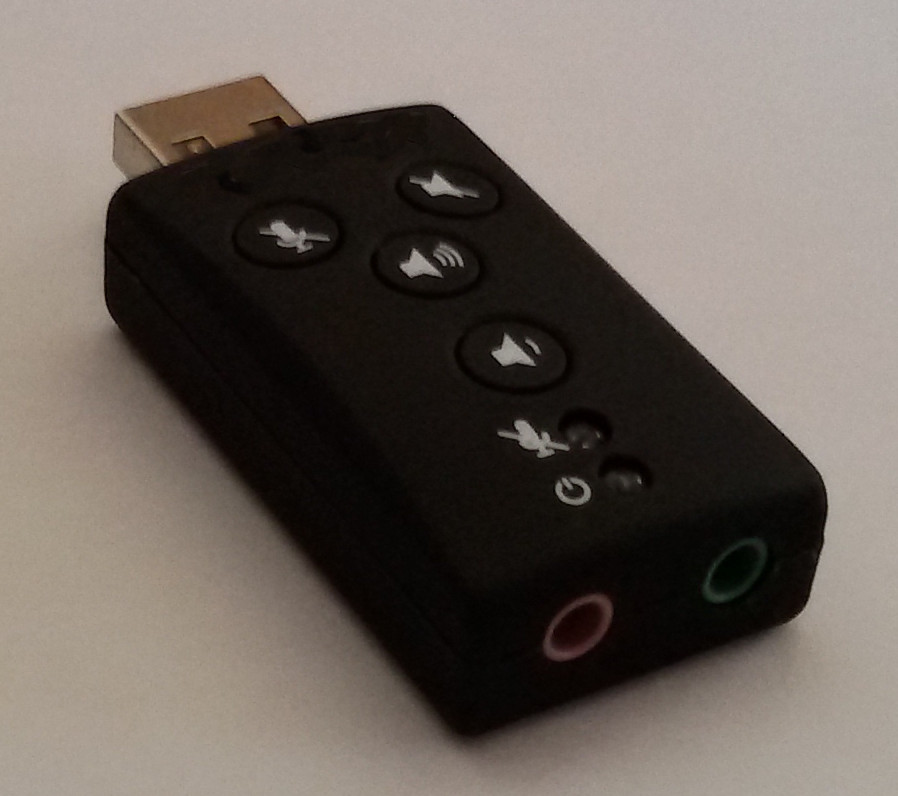 I listened to some music pieces both with the Raspberry Pi audio output
and with the USB device, but I could not discern a big difference.
I therefore recruited a volunteer to conduct a series of simple
a/b tests.
Again, the test results were inconclusive, so we decided to look
at produced waveforms with an oscilloscope.
I listened to some music pieces both with the Raspberry Pi audio output
and with the USB device, but I could not discern a big difference.
I therefore recruited a volunteer to conduct a series of simple
a/b tests.
Again, the test results were inconclusive, so we decided to look
at produced waveforms with an oscilloscope.
The first measurement was of an A440 tone (440 Hz, musical note A above middle C). I produced that on the Pi with the following commands.
speaker-test -t sine -f 14080 -Ddefault:CARD=ALSA
speaker-test -t sine -c 2 -f 14080 -Dfront:CARD=Device,DEV=0
 |
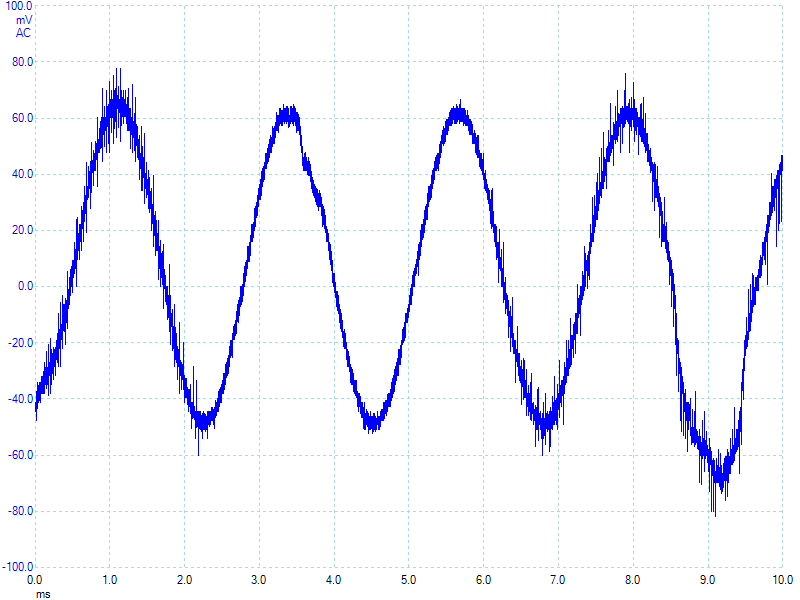 |
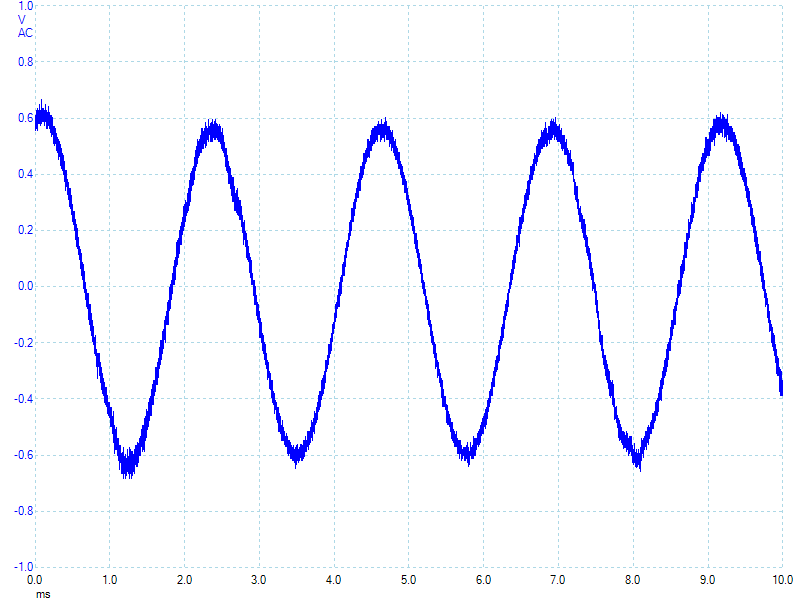 |
| Raspberry Pi | USB device | MacBook Pro |
|---|
After more careful reading, I found that the problem with the Raspberry Pi PWM output was apparent at higher frequencies. Therefore, I moved five octaves higher, and looked at the output at 14080 Hz. Here are the results.
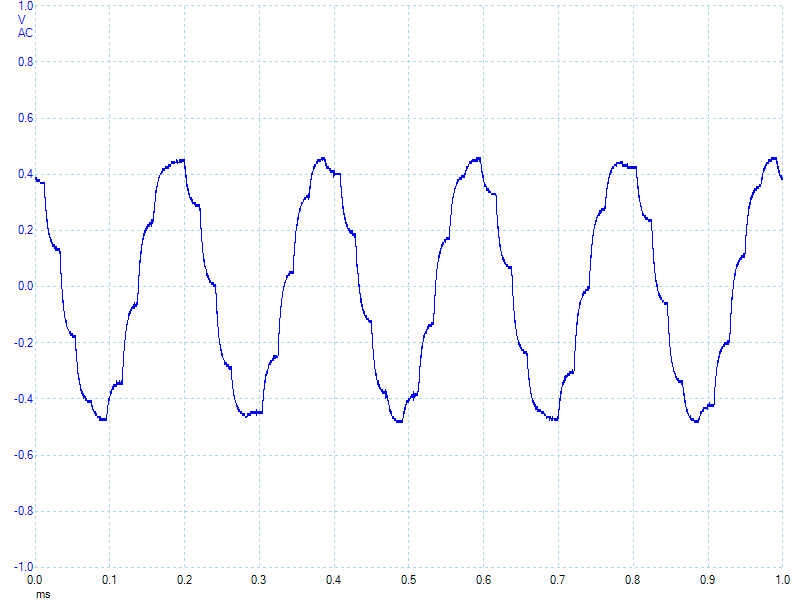 |
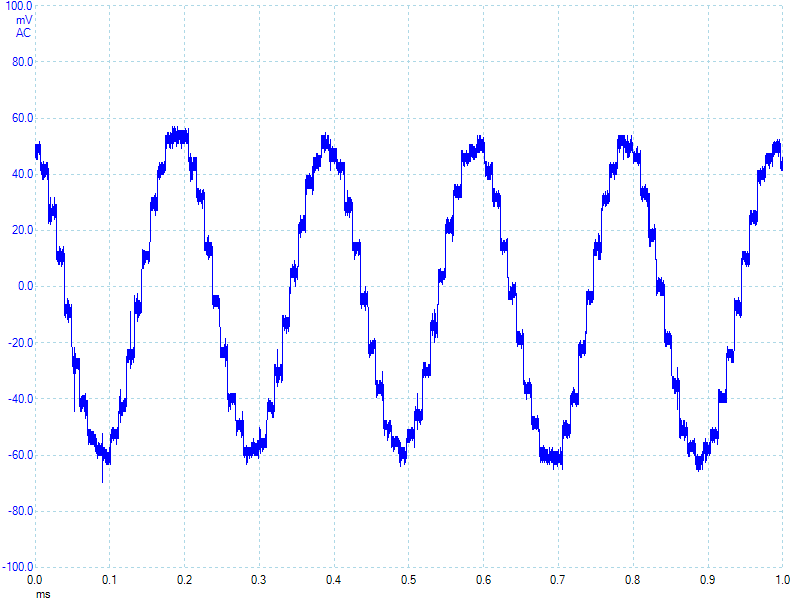 |
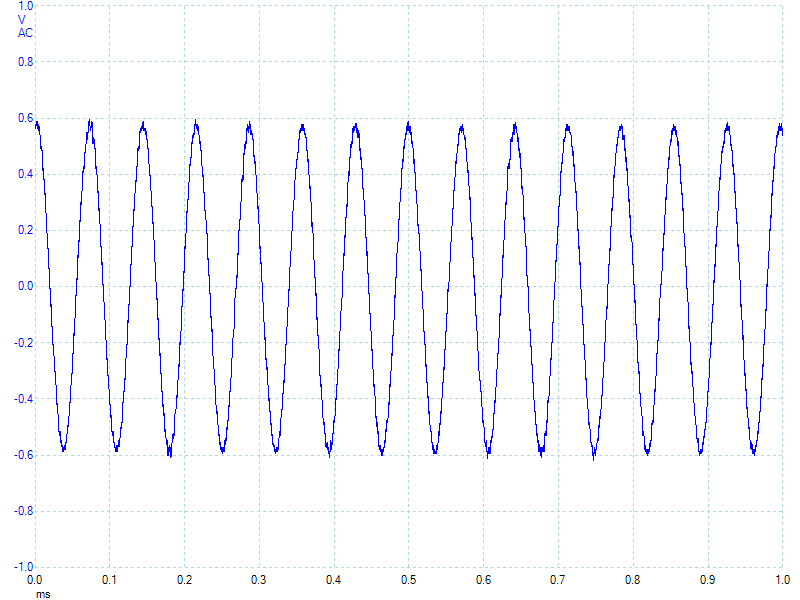 |
| Raspberry Pi | USB device | MacBook Pro |
|---|
The moral of the story is that the Raspberry Pi output isn't great, but it's not worse than what you get from a cheap USB audio card. Will this affect my use of the Raspberry Pi as a media player? I'm not sure. While reading on the topic I found the following great quote.
A music lover listens to music with his sound system.Comments Post Toot! Tweet
An audiophile listens to his sound system with music.
Unix make vs Apache Airflow (2024-10-15)
How (and how not) to present related work (2024-08-05)
An exception handling revelation (2024-02-05)
Extending the life of TomTom wearables (2023-09-01)
How AGI can conquer the world and what to do about it (2023-04-13)
Twitter's overrated dissemination capacity (2023-04-02)
The hypocritical call to pause giant AI (2023-03-30)
AI deforests the knowledge’s ecosystem (2023-03-16)
How I fixed git-grep macOS UTF-8 support (2022-10-12)
Last modified: Sunday, December 13, 2015 12:02 am
Unless otherwise expressly stated, all original material on this page created by Diomidis Spinellis is licensed under a Creative Commons Attribution-NonCommercial 4.0 International License.




